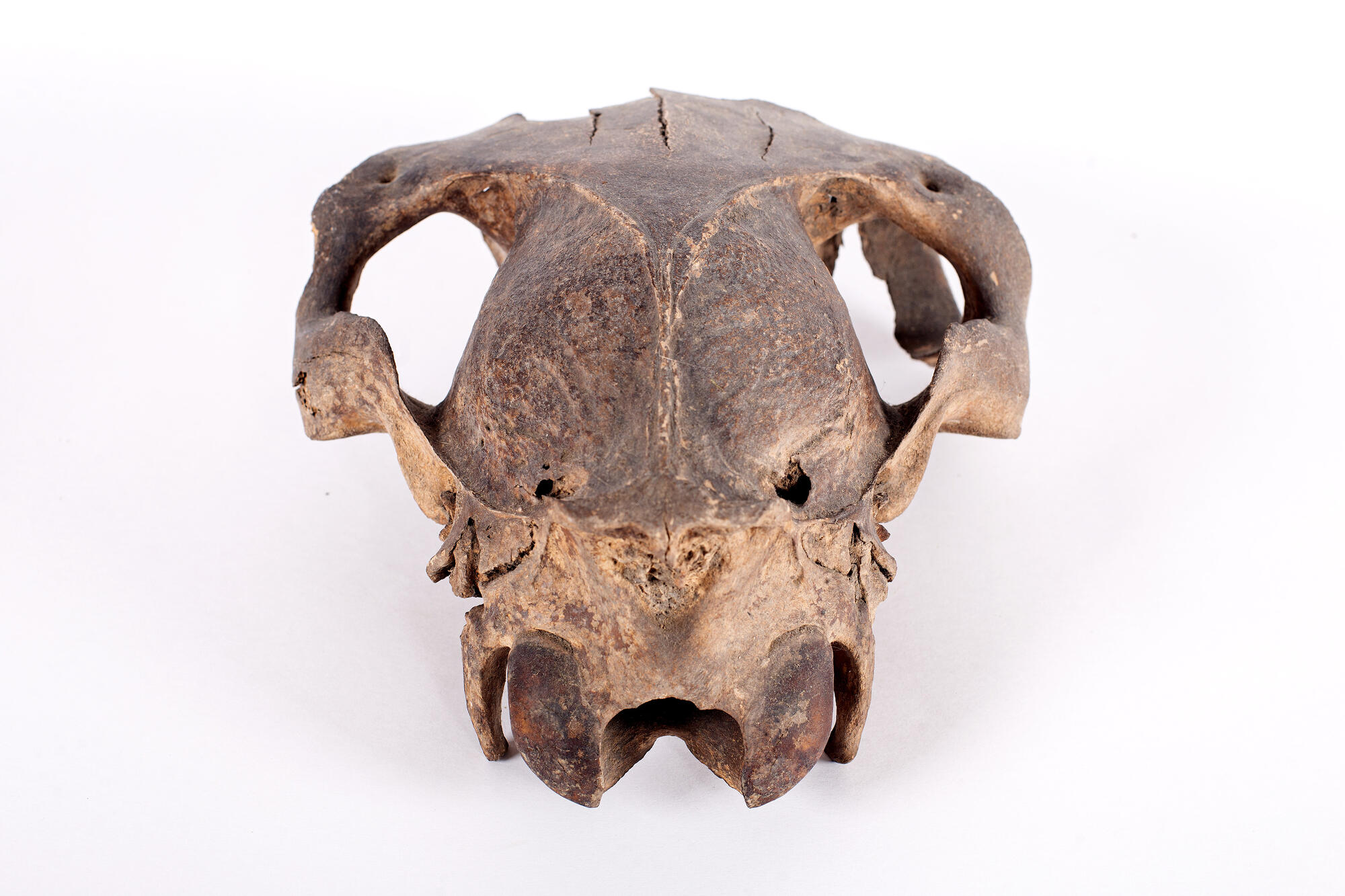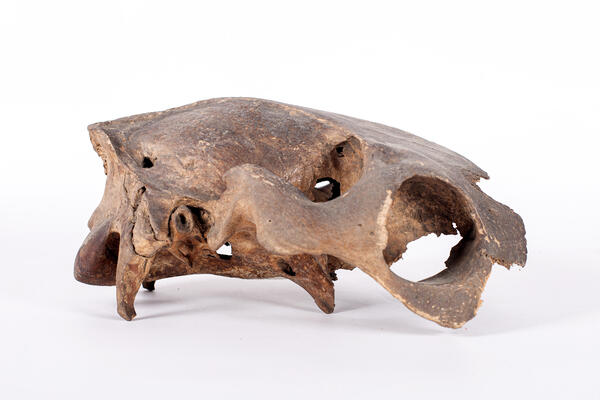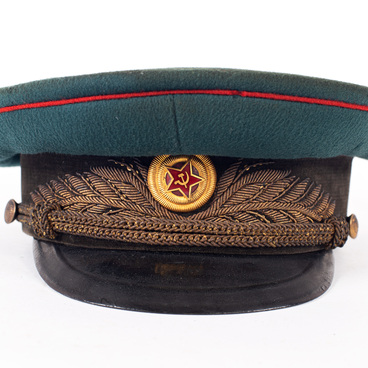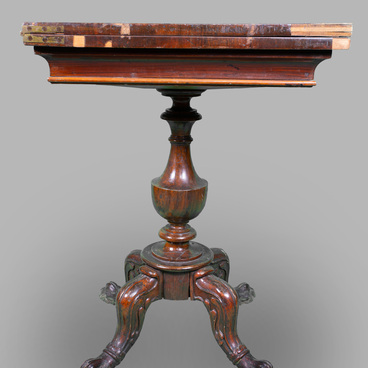In the legends of various peoples from around the world, the bear is presented as a strong, powerful animal, the owner of the forest, and the patron of hunters. In Russia, the bear was regarded as a symbol of procreation and was referred to as “old man”, “grandpa”, and “grandma”. Although the bear is the largest terrestrial predator, in Russian folklore the “clubfoot Mikhailo Potapych” is considered to be an amiable and simple-hearted character.
In the 16th century, the eastern border of Russia passed close to the village of Sergach, Nizhny Novgorod Governorate. In the dense forest, timber was actively harvested. Lumberjacks often found dens with bear cubs inside and took them home for training. This craft was referred to as “bear fun” and was popular in Sergach and nearby villages, including Klyuchevo, Shubino, Andreyevka, and Kochko-Pozharki.
Sergach became famous for this amusement throughout Russia and Europe. Residents of the town and more than 30 villages of the uyezd walked with tamed bears throughout the country. There were also bear handlers outside Russia: in Poland, Germany, France, and Italy. Performances of dancing bears were organized at fairs and market squares.
The history of bear taming began during the reign of Ivan the Terrible, who enjoyed bear fun, especially bear-baiting which involved pitting a bear against a human. In 1570, he invited the residents of Sergach with bears to his wedding with Marfa Sobakina. Later, Peter I also ordered bear fun: Sergach men with bears performed in front of a crowd of thousands at masquerades in St. Petersburg. This was mentioned in the report of the newspaper “Appendix to Sankt-Peterburgskie Vedomosti”,
In the 16th century, the eastern border of Russia passed close to the village of Sergach, Nizhny Novgorod Governorate. In the dense forest, timber was actively harvested. Lumberjacks often found dens with bear cubs inside and took them home for training. This craft was referred to as “bear fun” and was popular in Sergach and nearby villages, including Klyuchevo, Shubino, Andreyevka, and Kochko-Pozharki.
Sergach became famous for this amusement throughout Russia and Europe. Residents of the town and more than 30 villages of the uyezd walked with tamed bears throughout the country. There were also bear handlers outside Russia: in Poland, Germany, France, and Italy. Performances of dancing bears were organized at fairs and market squares.
The history of bear taming began during the reign of Ivan the Terrible, who enjoyed bear fun, especially bear-baiting which involved pitting a bear against a human. In 1570, he invited the residents of Sergach with bears to his wedding with Marfa Sobakina. Later, Peter I also ordered bear fun: Sergach men with bears performed in front of a crowd of thousands at masquerades in St. Petersburg. This was mentioned in the report of the newspaper “Appendix to Sankt-Peterburgskie Vedomosti”,







